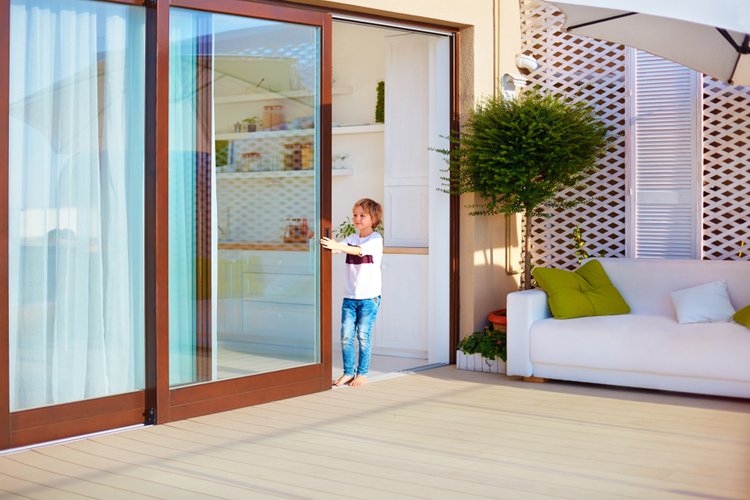Sliding doors and windows are a popular type of architectural feature that provide easy access to the outdoors and maximize natural light. They are designed to slide horizontally, typically on tracks, allowing for smooth and effortless operation.
Sliding doors and windows are commonly used in both residential and commercial settings, and they offer several advantages:
Space-saving: Sliding doors and windows are an excellent choice when space is limited. Since they operate by sliding horizontally rather than swinging open like traditional hinged doors or windows, they don't require extra clearance for opening or closing. This makes them ideal for areas with limited space, such as balconies, patios, and smaller rooms.
Seamless indoor-outdoor connection: Sliding doors and windows provide a seamless transition between indoor and outdoor spaces. When opened, they create a large opening, allowing for easy access to patios, gardens, or outdoor living areas. This promotes a sense of openness and can make a space feel larger.
Natural light and ventilation: Sliding doors and windows often feature large glass panels, maximizing the amount of natural light that enters a room. This helps to brighten the space and reduce the need for artificial lighting during the day. Additionally, when opened, sliding doors and windows allow for
